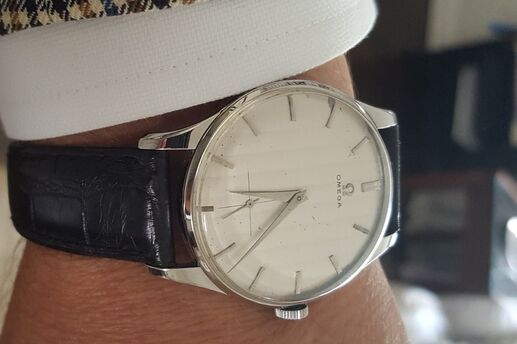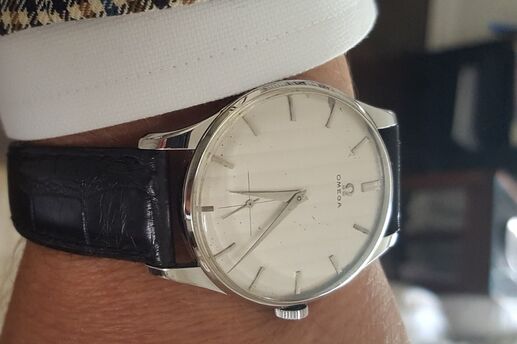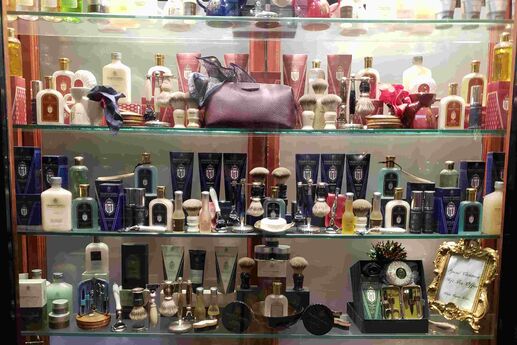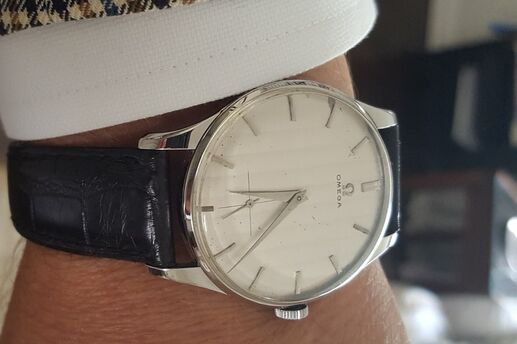Summers Here: Keep Your Skin Clear
Ah, summer, at last: surfboards and swizzle sticks, swimmies and softball mitts … and skin that’s so burned, dry or broken out, you can forget about shaving. To avoid the latter -- yep, it’s avoidable -- we sought advice from two pros who’ve seen more than their fair share of damaged dermis. And if you, like us, insist on doing everything bad for you anyway, we’ve got recovery strategies so you can soon return to your favorite summertime activities -- and regular shaving regimen -- without having added years to your face.
Prevention, Prevention, Prevention
As the owner of the Alma G. Salon in Manhattan -- a favorite of celebs, including Ashton Kutcher and freshman “American Idol” judge Steven Tyler -- Alma G. is a firm believer in preventive measures to keep your skin in tip-top shape. Wearing sunblock is foremost among her precautions. “I recommend SPF 30 for your face and 15 or higher for everywhere else,” she says. “Apply it 15 to 20 minutes before you go outside to let it fully soak in. If you’re engaging in activities where you’re sweating a lot, reapply a couple of times during the day.”
Daniela Pranjic, spa manager of the Paradisus Punta Cana and the Paradisus Palma Real resorts in the Dominican Republic, encounters many guests who -- having been pent up all winter in North America -- zip off to the Caribbean for a quick dose of sun and sand only to come back looking like a roast. “You need to take it easy, especially in those first few days,” says Pranjic. Before you jeer at those clueless vacationers, note that the same applies to the early days of summer, wherever you live. To prepare for your first big spate of outdoor activities, Pranjic recommends drinking lots of water and juices. Clothing-wise, a hat and sunglasses are a must, and she also suggests UV-protective shirts.
Can’t wait to hit the pool? Go for it, but note that chlorine can deliver a one-two punch: stripping away your sunscreen and drying out your skin. To deal with the latter, just remember to re-lube after getting out of the water. You won’t need sunblock for a nighttime dip, but you might consider rubbing on some baby oil, which will repel the chlorine from your skin and thus keep it from drying out. And though chlorine kills germs in the water -- a good thing -- it’s not so good for your face. “It will make you more prone to blackheads and whiteheads,” says Alma G., “so it’s important to exfoliate after you’ve been in the pool.”
If chlorine is killing your complexion no matter what precautions you take, try going for a dip in the ocean instead. Although it’s still important to wear sunscreen, saltwater can work wonders for the skin. “It acts like a scrub and dries out irritations,” says Alma G. Surprisingly, blowing sand can also have benefits, acting as an exfoliant. But if you’re going to spend an extended period of time exposed to this ocean-side loofa, make sure to slather on a good moisturizer before and after, lest your skin become raw.
… and Recovery
OK, so you got carried away frolicking in the ocean with your summer crush and forgot to reapply your sunblock. And now you’ve turned a disturbing shade of fuchsia. Not to worry: Alma G. has a host of home remedies in her arsenal to soothe and rehydrate burning skin. Capsules of vitamin E, split open and gently spread over the affected areas, will expedite the healing process, as will aloe vera or olive oil. A slightly more time-consuming treatment Alma G. swears by is mixing whole milk and sweet apples in a blender to create a masque for the burned areas. Whatever you do, avoid the temptation to yank off the peeling skin that will inevitably appear a few days after your ill-fated rendezvous with the sun -- the new skin underneath will be extremely vulnerable, especially on your face. We know that’s a tall order, but find some bubble wrap to pop instead and leave your poor skin alone.
Photo: @iStockphoto.com/kzenonkzenon











